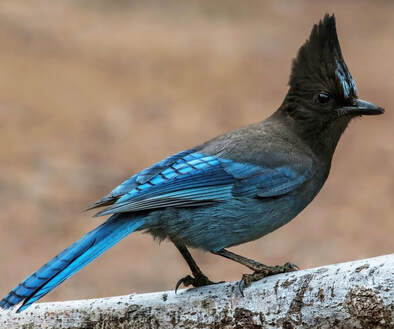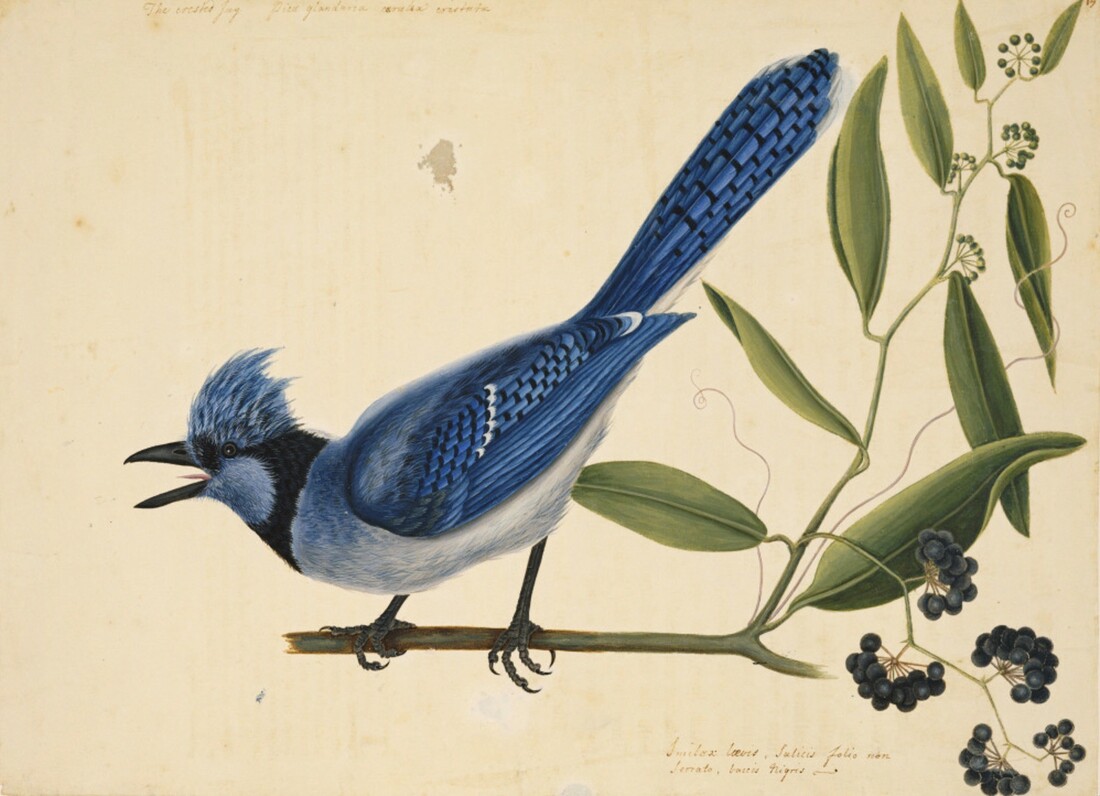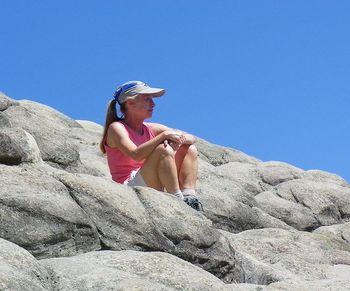 Steller’s Jay: Welcome to America. Steller’s Jay: Welcome to America. David Hoefer, co-editor of The Last Resort, shares a story of taxonomic serendipity. If you would like to submit a blog post for Clearing the Fog, contact us here. In a previous blog post, I discussed John Goodlett’s taxonomic activities at Camp Last Resort, where he identified and sketched living organisms (especially plants) as part of his undergraduate education at the University of Kentucky. Similar activities, recorded more scientifically in the Harvard Forest journal, indicate Pud’s gradual emergence as an upper-echelon botanist and plant geographer. As such, it’s been a pleasure to read Corey Ford’s Where the Sea Breaks Its Back, a biography of the German naturalist Georg Wilhelm Steller, with its demonstration of the vital and even heroic role taxonomy can play in helping us understand our planetary home. Steller accompanied Vitus Bering on his second and last expedition into the then-uncharted northern waters between Asia and North America in 1741-42. It was this expedition that finally confirmed that the landmass east of Siberia was in fact that same North America then being colonized by other European powers on the Atlantic Coast and by the Spanish in Central America and what is today the Southwestern U.S. and California. And what was the final piece of the puzzle that completed this realization? From Cape St. Elias on Kayak Island, Alaska: “Perhaps no other naturalist in history ever accomplished so monumental a task under such difficulties and in so little time. It was four in the afternoon when Steller spread his specimens around him in the sand, and began to enter in his notebook the results of the previous six hours. When the yawl returned at five ‘o’ clock, he had completed his exhaustive report, the first scientific paper ever written on Alaskan natural history… “Some plants in his collection were already familiar to him from his earlier investigations in Kamchatka. He identified the upland cranberry, the red and black whortleberry, and a shrub he called the scurvy berry, probably the black crowberry. He was more enthusiastic over ‘a new elsewhere unknown species of raspberry,’ the salmonberry of Alaska and the Pacific Northwest. Although the berries were not yet fully ripe, Steller was impressed by their ‘great size, shape, and delicious taste’… “The yawl brought what Steller ironically described as ‘the patriotic and courteous reply’ to his message to Bering, a brusque order to ‘betake myself on board quickly or they would leave me ashore without waiting for me.’ There were only three more hours left until sunset, barely time to ‘scrape together as much as possible before fleeing the country.’ He sent [his Cossack assistant] Lepekhin to shoot some strange and unknown birds he had noticed, easily distinguished from the European and Siberian species by their particularly bright coloring, and he started down the beach in the opposite direction, returning at sundown with his botanical collection. “Lepekhin had equally good luck. He ‘placed in my hands a single specimen, of which I remember to have seen a likeness painted in lively colors and described in the newest account of the birds of the Carolinas.’ Steller’s fantastic memory had recalled a hand-colored plate of the eastern American Blue Jay in Mark Catesby’s Natural History of Carolina, Florida, etc., which he had seen years before in the library of the St. Petersburg Academy; and he identified Lepekhin’s find as its west coast cousin, known today as Cyanocitta stelleri, or Steller’s Jay. Now his last doubts about the land they had discovered were resolved. ‘This bird proved to me that we were really in America’” (Ford 1992/1966:80-2). The price paid by the expeditionary force for this discovery was considerable. Beset with difficulties, many crew members perished on the way home, including Bering himself. Steller lived only a few short years after returning to Russia, but left behind his scientific writings, which eventually found their way into print. His current renown hung more than once by the slenderest of hairs.
0 Comments
Your comment will be posted after it is approved.
Leave a Reply. |
Details
Archives
June 2023
Categories
All
|



 RSS Feed
RSS Feed